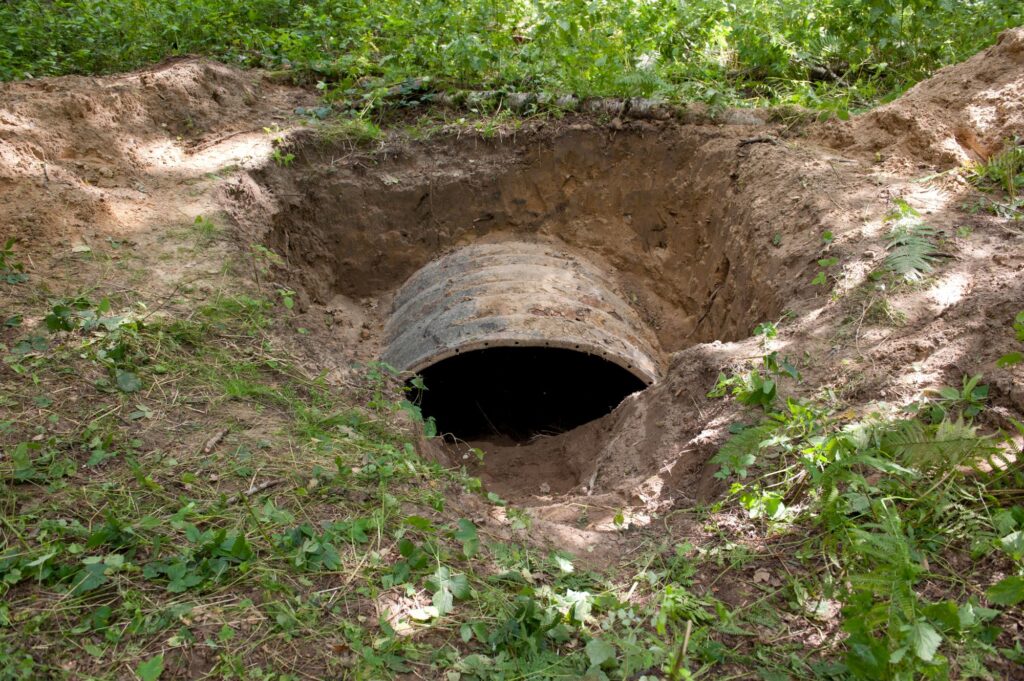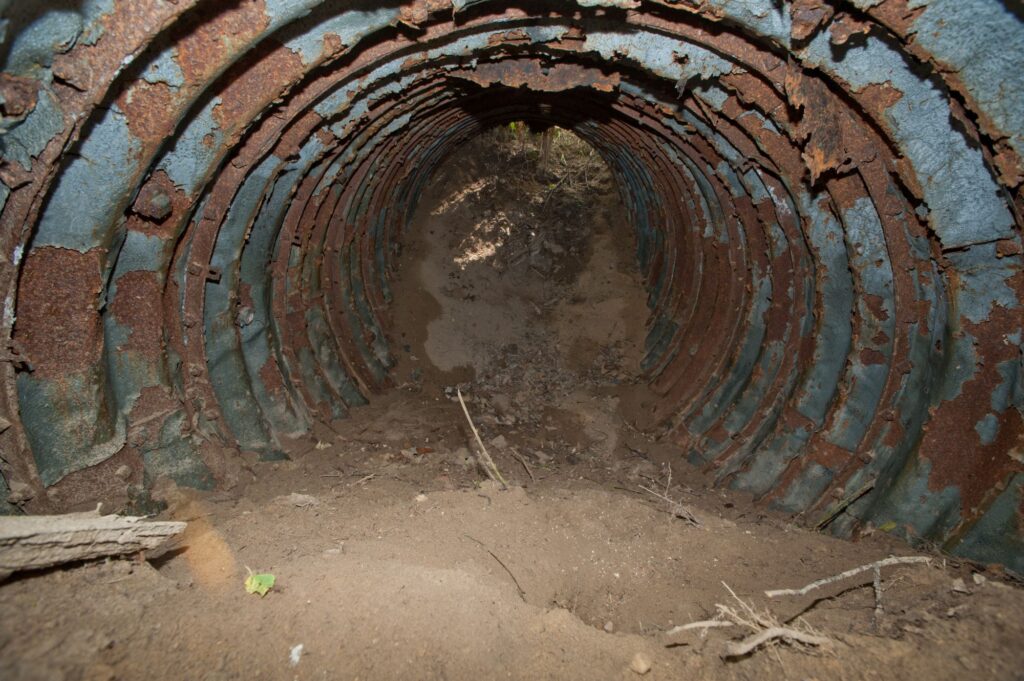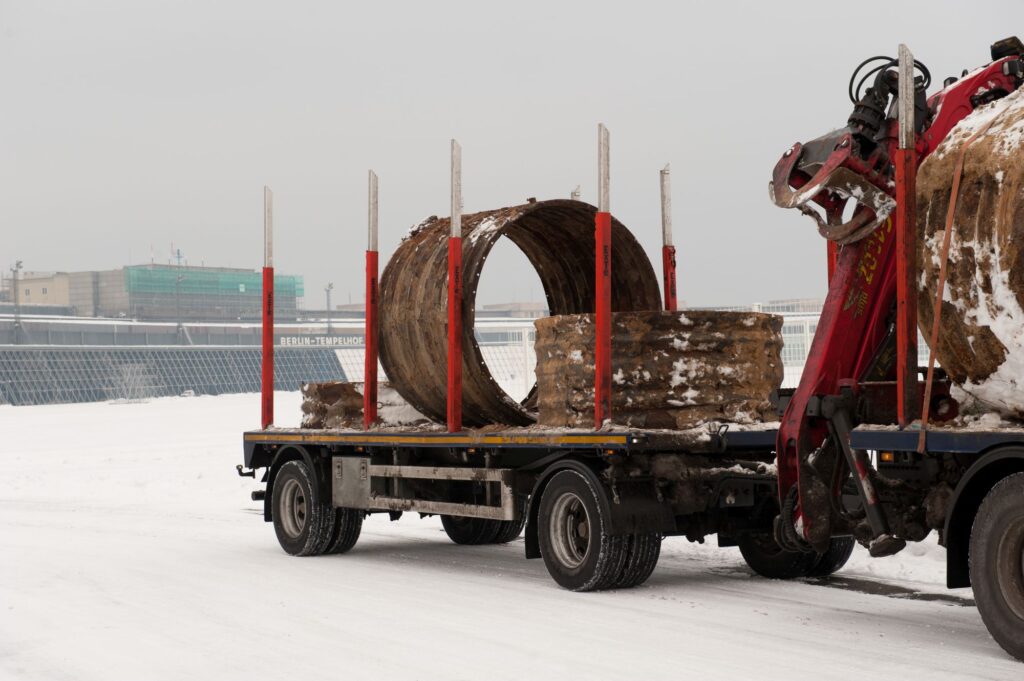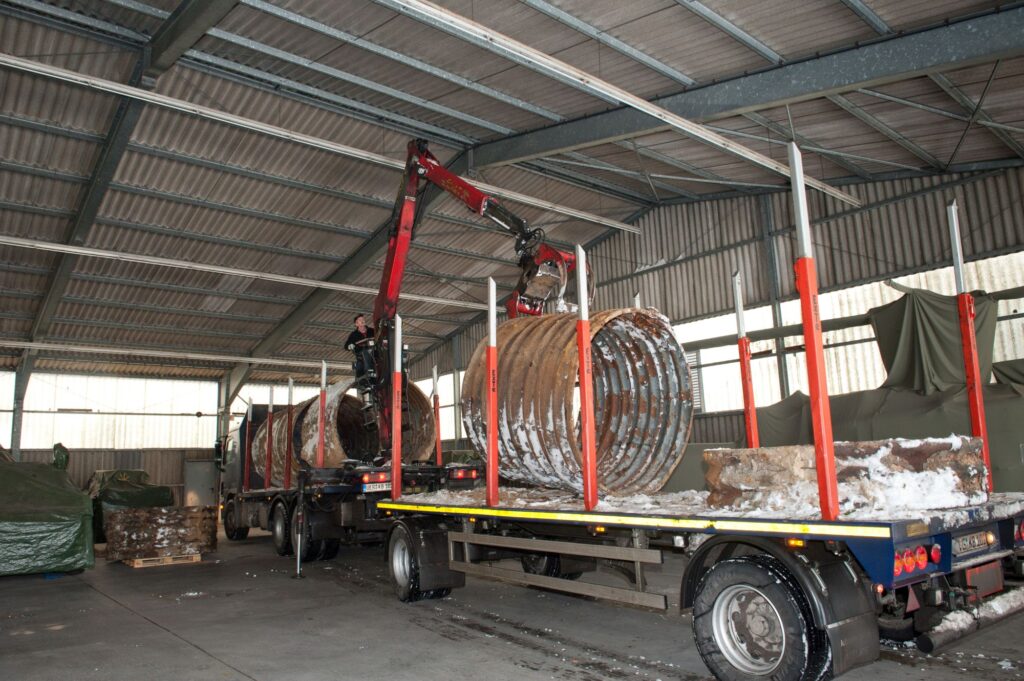The Berlin spy tunnel represents one of the most fascinating intelligence operations of the early Cold War period. From 1953 to 1955, the American CIA and the British SIS collaborated in planning and constructing a secret tunnel with the aim of tapping Soviet military communications. With a length of approximately 430 meters, it ran from the Rudow district in Berlin’s American sector to Altglienicke in the Soviet sector. Between May 1955 and April 1956, the Americans and British tapped into more than 400,000 Soviet Army telephone conversations and a large volume of telegraph communications.
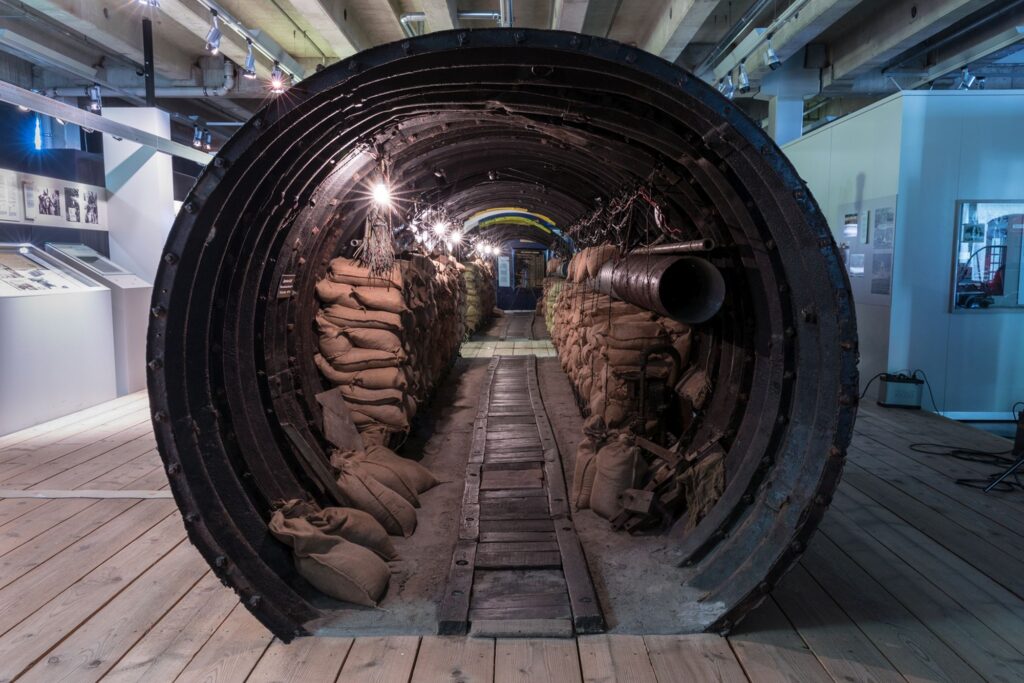
A SENSATIONAL FIND IN PASEWALK
After its discovery by a special communications unit of the Soviet Armed Forces in April 1956, the Berlin spy tunnel caused a stir internationally. In autumn 1956 the circa 300-meter-long tunnel segment on East Berlin territory was removed. The remaining segments on the West Berlin side were forgotten. That changed in 1997, when the Allied Museum had a ca. seven-meter-long section of the “walking gallery” (Laufstollen) excavated and removed for restoration and exhibition. There was no information on the whereabouts of the GDR tunnel segment— until 2012.
“I believe there are sections of the Berlin spy tunnel in Pasewalk forest,” Werner Sobolewski told the Allied Museum’s tunnel expert Bernd von Kostka in a telephone conversation of early August 2012. After the first excavation on West Berlin territory in 1997 and a subsequent one in 2005, Kostka had no longer dared to hope for such a tip. The very next day the historian traveled to Mecklenburg-Vorpommern and realized when he got there that the find indeed contained sections of the legendary tunnel.
Research revealed that engineering units of the GDR National People’s Army had been charged with removing the tunnel segments in the Soviet sector in 1956. The army engineers recognized that they could be useful for their own military work. And that is how a number of segments came to be repurposed as shelters and command centers for exercises. After German reunification in 1990 some of them remained in the ground, and this was the case in Pasewalk. In collaboration with the historic monuments protection authority and the office responsible for Pasewalk Forest, the Allied Museum had these tunnel segments salvaged in December 2012. They are now in the Museum’s depot.
Now, 56 years after its discovery, the intriguing history of the Berlin spy tunnel has been expanded to include the fascinating episode of its “reuse” in the GDR. Only now can the story be told in its entirety as a chapter of the Cold War. The Allied Museum is the only institution in the world to possess original segments of the tunnel, one of which can be seen in the permanent exhibition. It is one of the absolute highlights for visitors.

